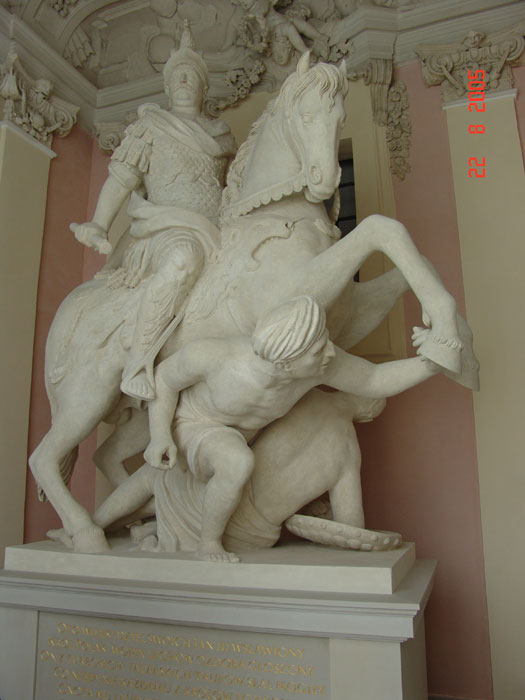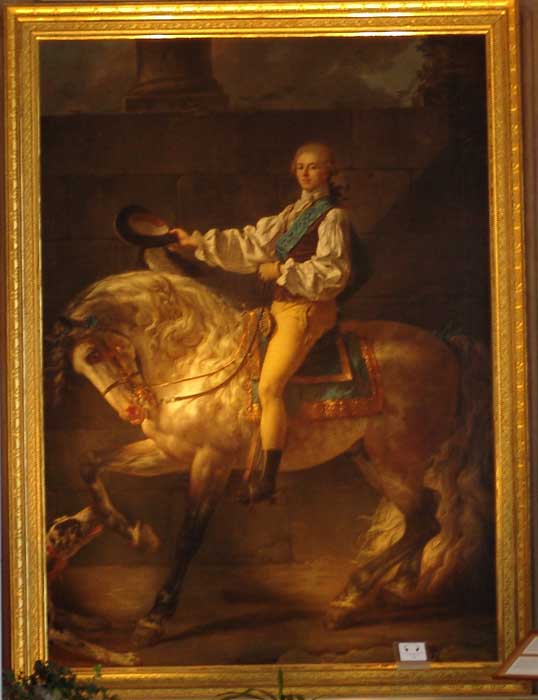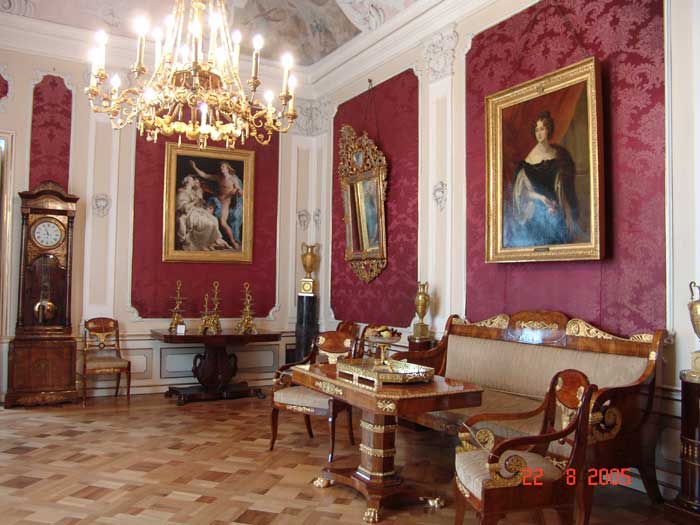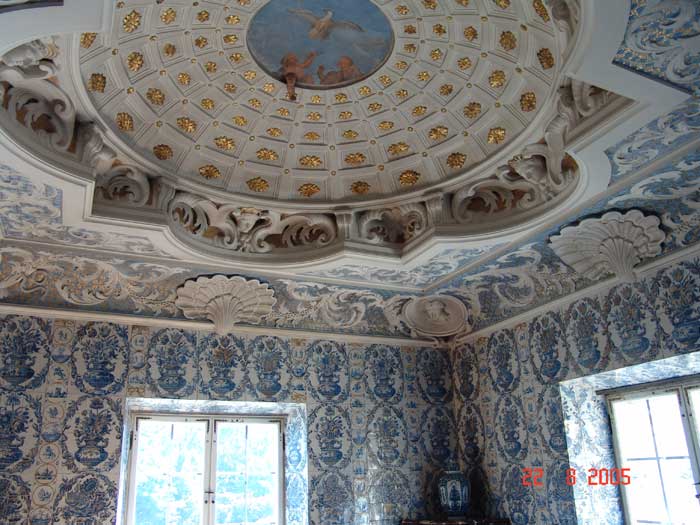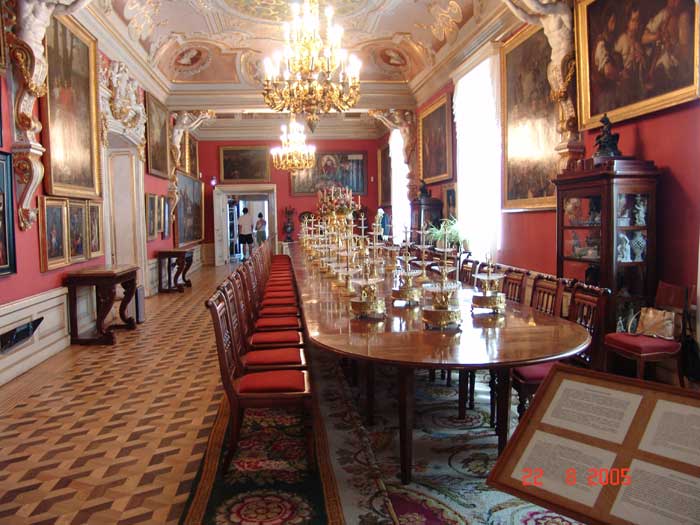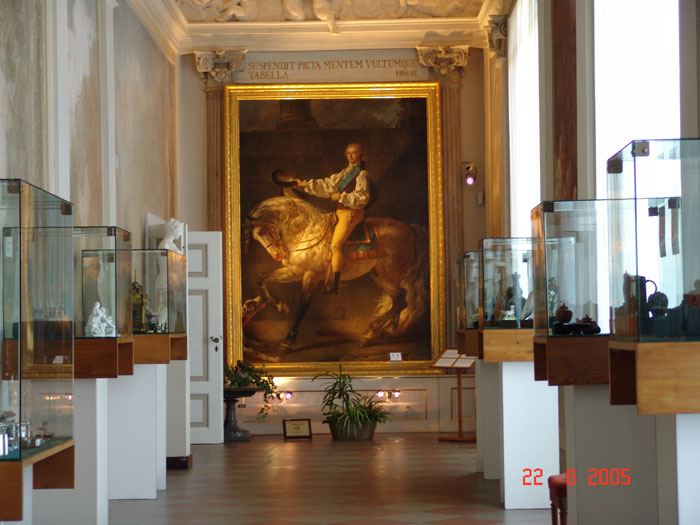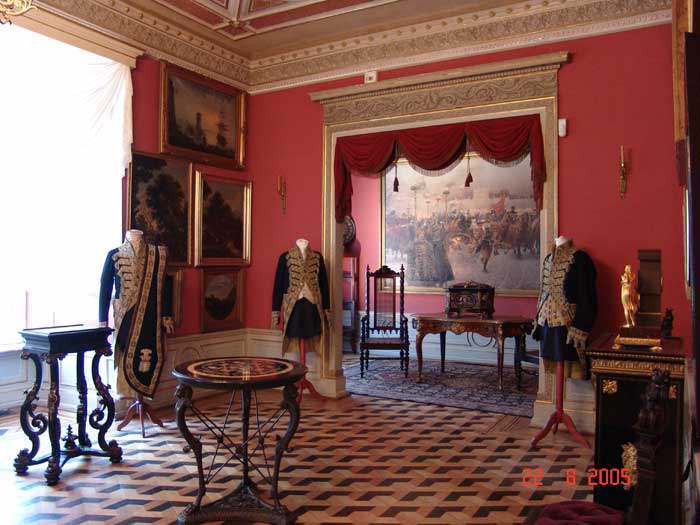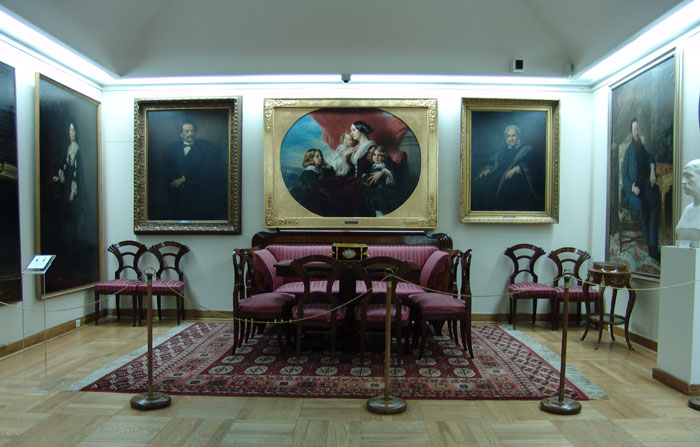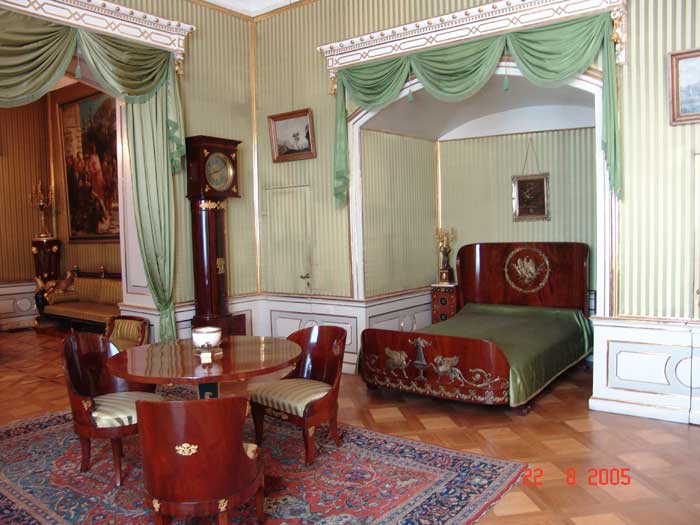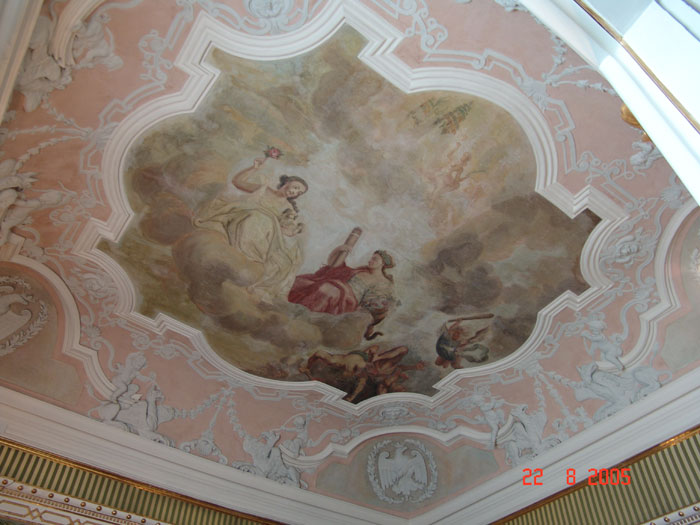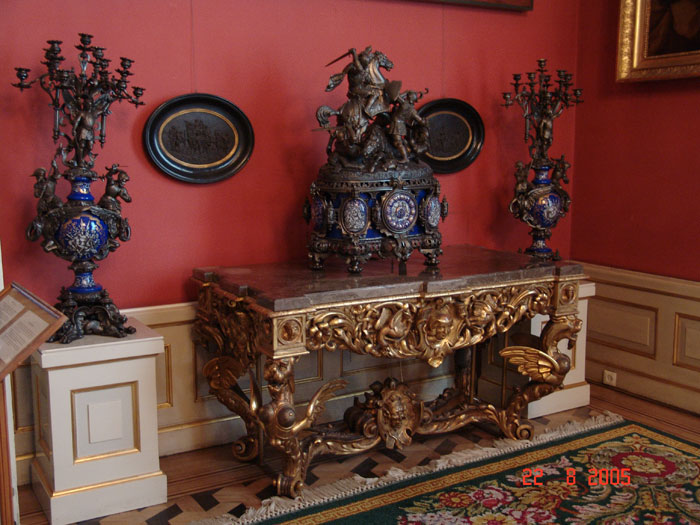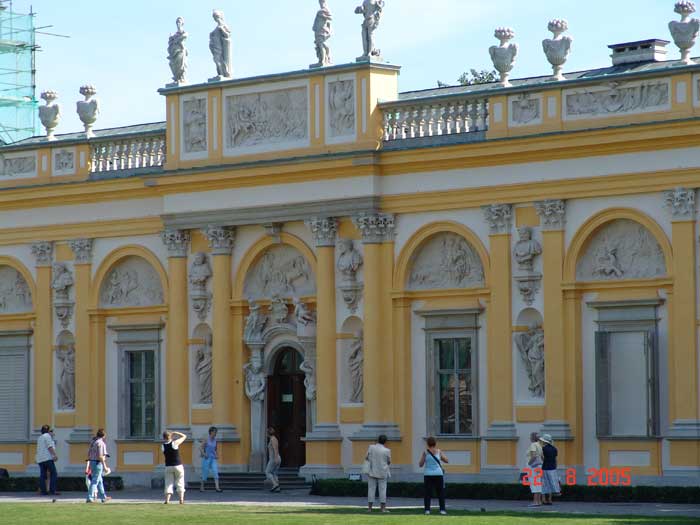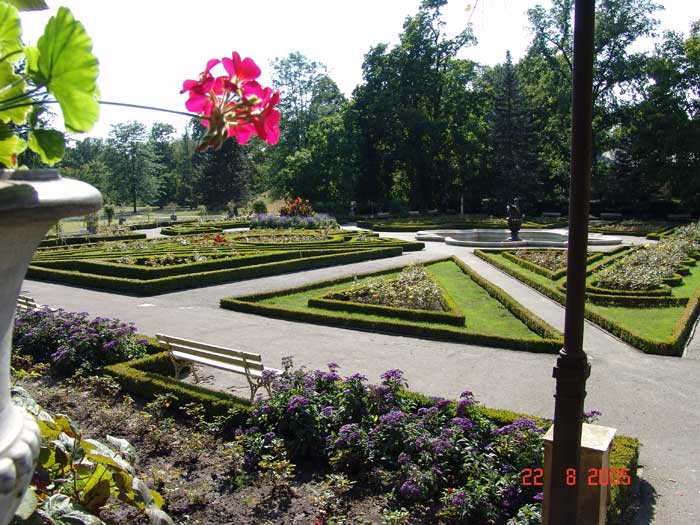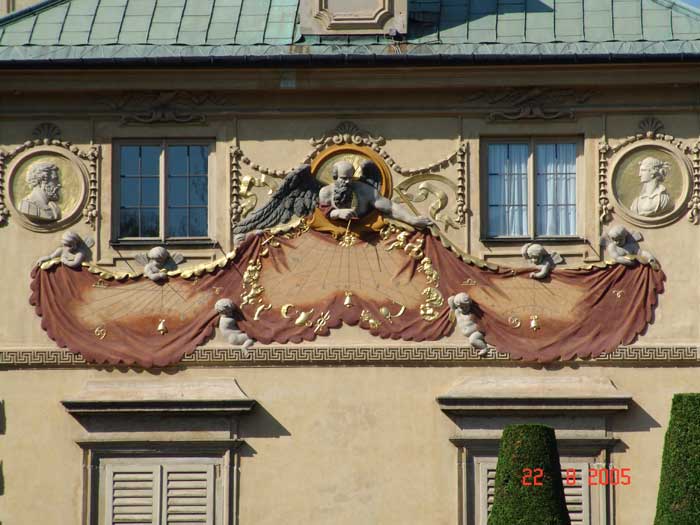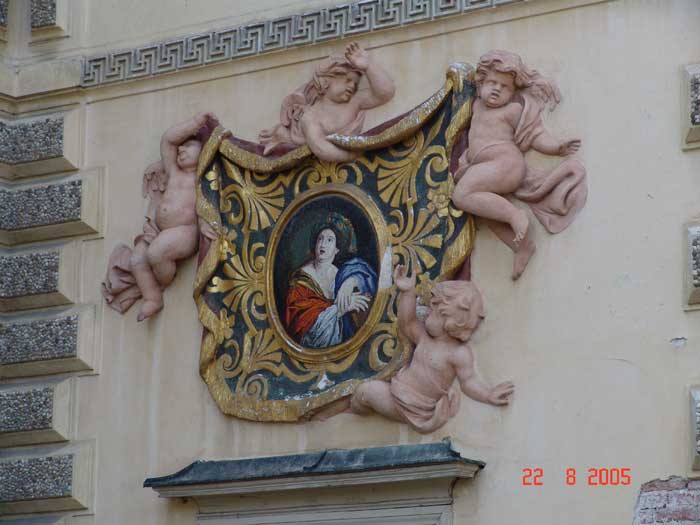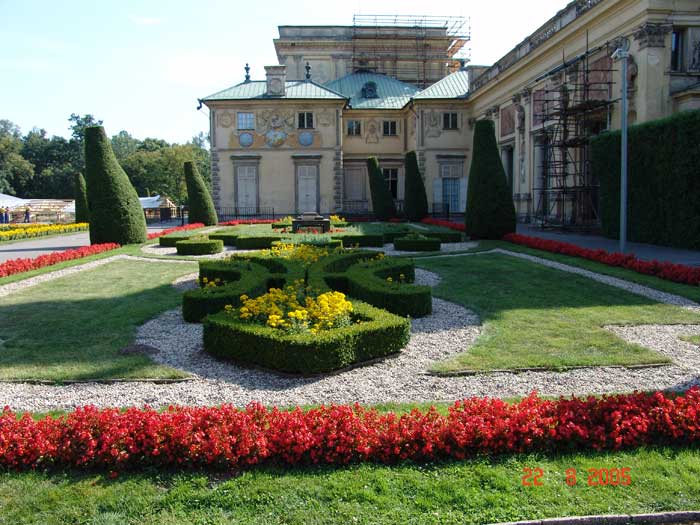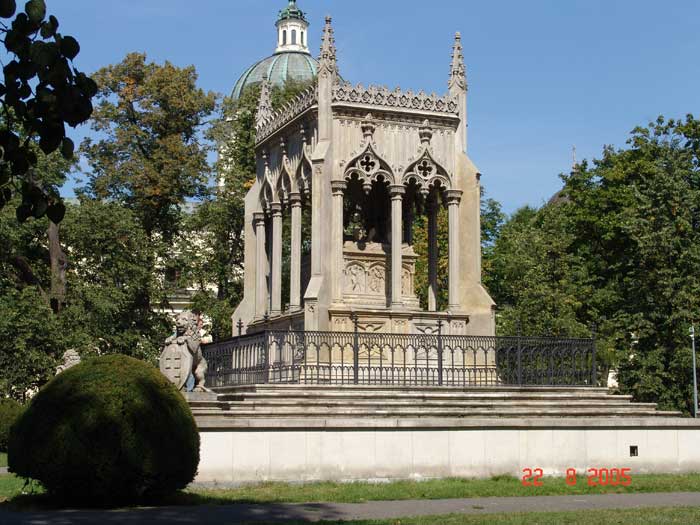The Wilanów Palace |
|||||||||||||
Wilanów Palace is one of the most valuable monuments from the Polish Baroque period. The history of this building is inseperable from that of its first owner, King Jan III Sobieski. In 1677 he began construction of a private residence on the site, within whose wolls the leader could find refuge from the bustle of the castle. The structure was completed only at the moment of the king's deat in 1696 and combines elements of a noble manor, an Italian country villa and a French palace in the style of Louis XIV. The palace interior captures Sobieski's crowning accomplishments and victory at Vienne.
King Jan III Sobieski The palace belonged to many Polish noble families over the centuries, including the Sienawskis, Czartoryskis, Lubomirskis, Potockis and Branickis. Side wings, among other elements, were added during the times of the Sieniawskis. In the years 1730-33, Wilanów became the home of yet another Polish monarch, August II The Strong. Each owner left his mak on the palace, expanding and beautigying the residence. In the wake of these renovations, the facility became a palace typical of the epoch entre cour et jardin (between the courtyard and the garden). The year 1805 was an important date in Wilanów's history, when owner Stanislaw Kostka Potocki opened his art collections and the private apartments of King Jan III Sobieski to the public. Thus began the history of the museum.
Stanislaw Kostka Potocki. A the time it was one of the first such institutions of this kind in Poland. Thanks to efforts by Potocki, one of the foremost representatives of the Polish Enlightenement, the concepts of a social education and the cultivation of a national tradition was widespread during the partitions. The word immortalized on a plaque a the palace ("Entry free to all") guaranteed universal admission to palace collections. Another milestone in the history of the palace coincided with the end of WWII, wheich the structure escaped practically unscathed. Following conservations work the complex was again opened to the public in 1962. The second floor of the palace interior houses the Polish Portrait Gallery and works from the XVI-XIX centuries, one of the largest in the country. The ground floor contains the private apartments of King Jan III Sobieski, while the wings are home to the residences of later owners. The immediate vicinity of Wilanów Palace os enriched by a park divided into a variety of sections created over the vourse of 300 years.
Click on the pictures to expand them and to get further information!
See also:
Copyright © 2005-2008 by Michel Zacharz
|
Click on the pictures to expand them! The palace The garden The palace The palace The garden The Potocki mausoleum
|
